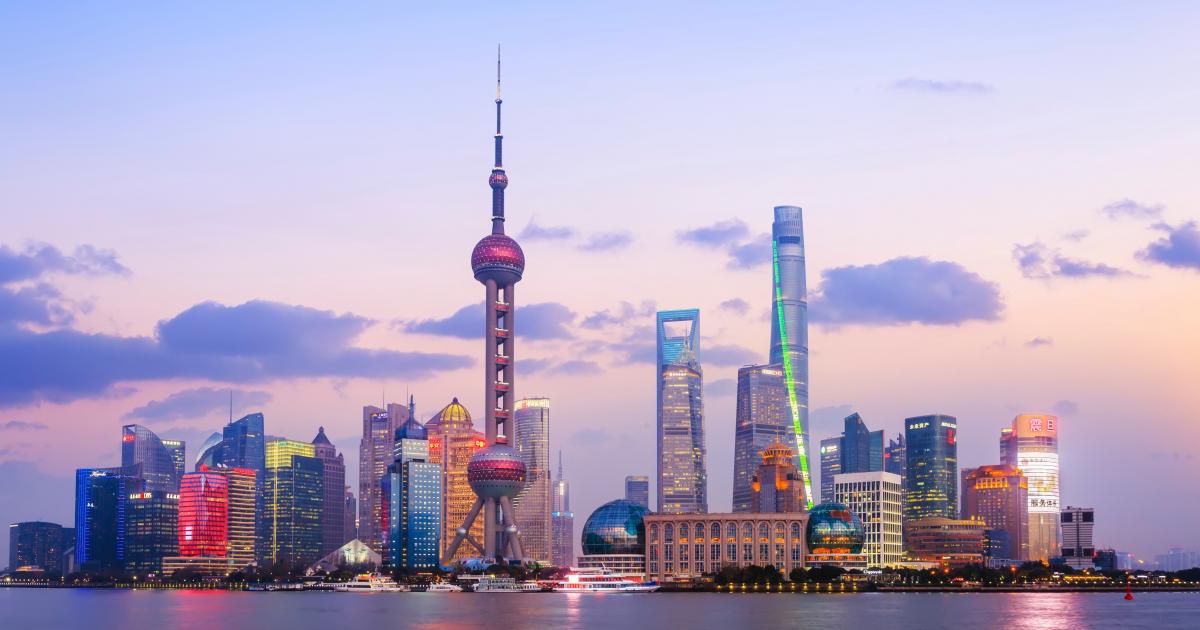General Information of the People's Republic of China
General Information of the People's Republic of China

China boasts a total land area of 9.6 million square kilometers, across four time zones. Beijing, the capital of China, is located in the Eastern 8th Zone,”Beijing Time" is the standard for the whole country.
• CAPITAL: Beijing Area: 16,800 square kilometers; Population: 21.15 million (by 2013) .
• CHINA CLIMATE INFORMATION: China lies mainly in the northern temperate zone under the influence of monsoon. From September and October to March and April next year monsoon blow from Siberia and the Mongolia Plateau into China and decrease in force as it goes southward, causing dry and cold winter in the country and a temperature difference of 40 degree centigrade between the north and south. The temperature in China in the winter is 5 to 18 degree centigrade lower than that in other countries on the same latitude in winter. Monsoon blows into China from the ocean in summer, bringing with them warm and wet currents, thus rain. Great differences in climate are found from region to region owing to China's extensive territory and complex topography. The northern part of Heilongjiang Province in northeast China has no summer, Hainan Island has a long summer but no winter; the Huaihe River valley features four distinct seasons; the western part of the Qinghai-Tibet Plateau is covered by snow all year round; the southern part of the Yunan-Guizhou Plateau is spring-like all the year; and the northwestern inland region sees a great drop of temperature in the day. Annual precipitation also varies greatly from region to region; it is as high as 1,500 millimeters along the southeastern coast. Decreasing landward, it is less than 50 millimeters in northwest China.
• DATE OF ESTABLISHMENT OF THE PEOPLE'S REPUPLIC OF CHINA: October 1, 1949
• CHINA POPULATION: Total Population 1.37 billion
• 711.82 million In urben area, share 52.6% of total population in China.
China population is distributed unevenly with more in the east (more than 300 persons per square kilometer) and fewer in the west (about 40 persons per square kilometer. The national average density of population is 143 per square kilometer (2013 census). For basic urban population data, please visit "ChinaToday.com". Provinces and Cities page. The average size of household was 3.7 persons.
The proportion of population aged at 0-14 was 26.4 percent, those aged 15-64 was 67.2 percent, and that of the people aged 65 and over was 6.4 percent. The Average Chinese Life-Span of the population was 70.8 years, that for male was 68.71, and female, 73.04. (Some of the above data are based on the report from China National Statistics Bureau, FOR YOUR REFERENCE ONLY).
• HISTORY: China, one of the four oldest civilizations in the world, has a written history of 4,000 years and boasts rich cultural relics and historical sites. It is the inventor of compass, paper-making, gunpowder and printing. The Great Wall, Grand Canal and Karez irrigation system are three great ancient engineering projects built 2,000 years ago.
Now they are the symbols of the rich culture of the Chinese nation. China has gone over a long history of primitive society, slavery society, feudal society and semi-feudal semi-colonial society and the present socialist society.
• LANGUAGES: The national language is Putonghua (the common speech) or Mandarin, which is one of the five working languages at the United Nations. Most of the 55 minority nationalities have their own languages. Cantonese is one of the local dialects of southern China. As a written language, Chinese has been used for 6,000 years.
• NATIONALITIES: The People's Republic of China is a unified, multi-national country, comprising 56 nationalities. The Han people make up 91.02 percent of the total population, leaving 8.98 percent for the other 55 ethnic minorities.
They are Mongolian, Hui, Tibetan, Uygur, Miao, Yi, Zhuang, Bouyei, Korean, Manchu, Dong, Yao, Bai, Tujia, Hani, Kazak, Dai, Li, Lisu, Va, She, Gaoshan, Lahu, Shui, Dongxiang, Naxi, Jingpo, Kirgiz, Tu, Daur, Mulam, Qiang, Blang, Salar, Maonan, Gelo, Xibe, Achang, Pumi, Tajik, Nu, Ozbek, Russian, Ewenki, Benglong, Bonan, Yugur, Jing, Tatar, Drung, Oroqen, Hezhen, Moinba, Lhoba and Gelo. All nationalities in China are equal according to the law. The State protects their lawful rights and interests and promotes equality, unity and mutual help among them.
• CHINESE FAMILY NAMES: Chinese family names came into being some 5,000 years ago. There are more than 5,000 family names, of which 200 to 300 are polular. The order of Chinese names is family name goes first, following by given name. For instance, the family name of a person is Wang, given name is Dong, his/her full name would be Wang Dong .
The most popular Chinese family names are LI, ZHANG, WANG, LI, ZHAO, LIU, CHEN.
http://www.chinatoday.com/general/a.htm


